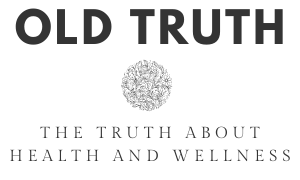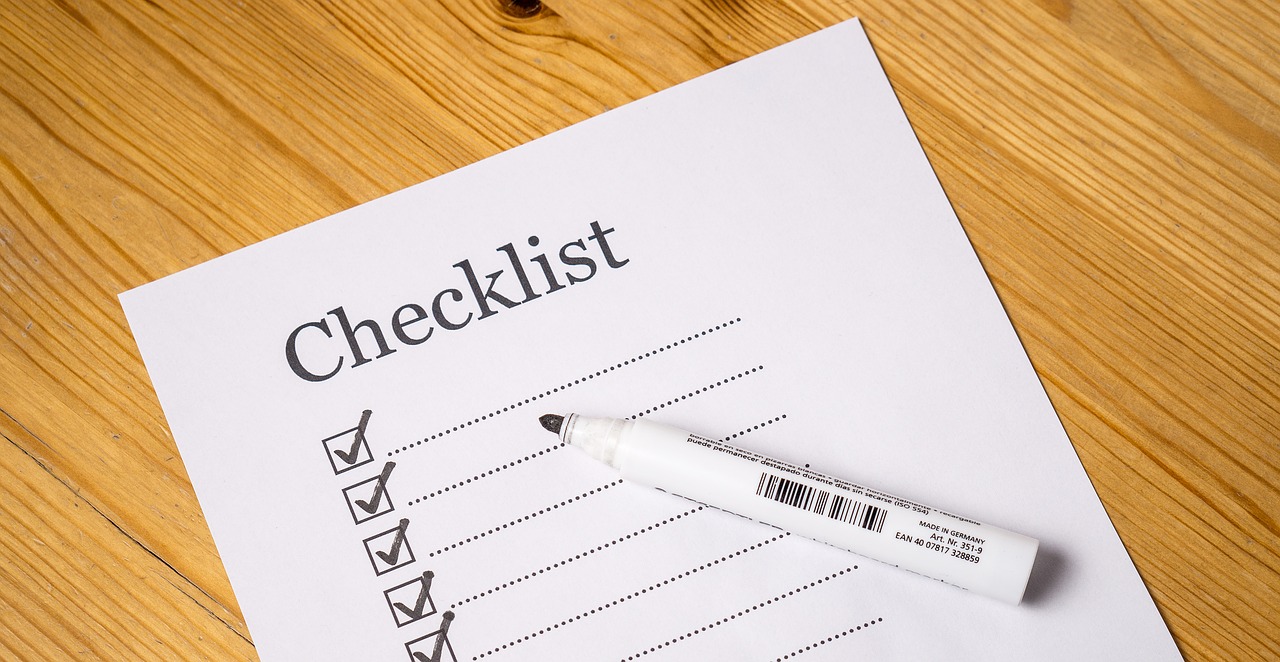The good news is that winter in the United States is going to be warmer than usual for a lot of states in 2019 to 2020. The National Oceanic and Atmospheric Association says neither La Nina or El Nino weather patterns will be in effect this year, which makes short-term weather patterns more likely to rule the day. But some Northern states might still see a wet, cold winter. It’s a tough time of year for a lot of people even if conditions are supposed to be more mild. Winter is hard for mental health reasons. Conditions like seasonal affective disorder are more prominent in colder, darker months. You need to make a winter checklist for your mental health, and here are a few items that should be on it.
Get some morning light
You may know that seasonal affective disorder happens when people aren’t getting enough light. But experts say the timing of the light exposure also plays a significant role in our mental health. Getting light in the morning hours helps your body adjust to the shorter days that happen in winter. If you don’t get that light, you may feel sluggish and depressed all day.
As an adult, you should have a good idea of what kind of schedule works best for your body. If you start working at noon but feel better when you get up at 8 a.m., try scheduling something for the mornings before you work. Something like dental treatments or a hair appointment can be just the thing to get you out of bed at the right time.
People with set schedules often feel better than people who just kind of float along and make it up as they go. In December, it’s a lot more tempting to just curl up in a ball with a blanket all day and rest, but it’s not good for your brain when you do that all the time.
See a mental health professional
Let’s say you’re a Texan by birth who moved to the Baltimore area for a job opportunity two years ago. But the first winter made you sad, and now you’re dreading this one even more. At least last year, you didn’t really know what was coming. Now that you do, you need to respond more proactively.
Ideally, you should start looking for a mental health professional in late summer or early fall. Start contacting places such as the Baltimore Therapy Group around Labor Day, if not sooner. There’s such a need for mental health care in America that many facilities book all their appointments months in advance. Calling in August or September might still mean waiting until November or December for an appointment.
Join a gym
If you like the idea of exercising more than the actual exercise, then join the club. And by club we mean gym. Yes, some people are lucky enough to love exercise, but you can still make yourself do it even if you aren’t a fan. It’s OK to think of it as a chore, albeit one that releases helpful endorphins to your brain and makes you happier.
In spring and summer, you can get away with taking occasional walks. But that’s a lot harder to do in winter months, so bite the bullet and join a gym near your house. It doesn’t have to be an expensive one, either. Just find one that’s close, because a gym that’s a mile away is a lot harder to ignore than one that’s 10 miles away.
Start slow. Working out once or twice a week is better than nothing. And people who start off by insisting they have to work out six days a week or more likely to give up than those who acknowledge their limits right from the beginning.

